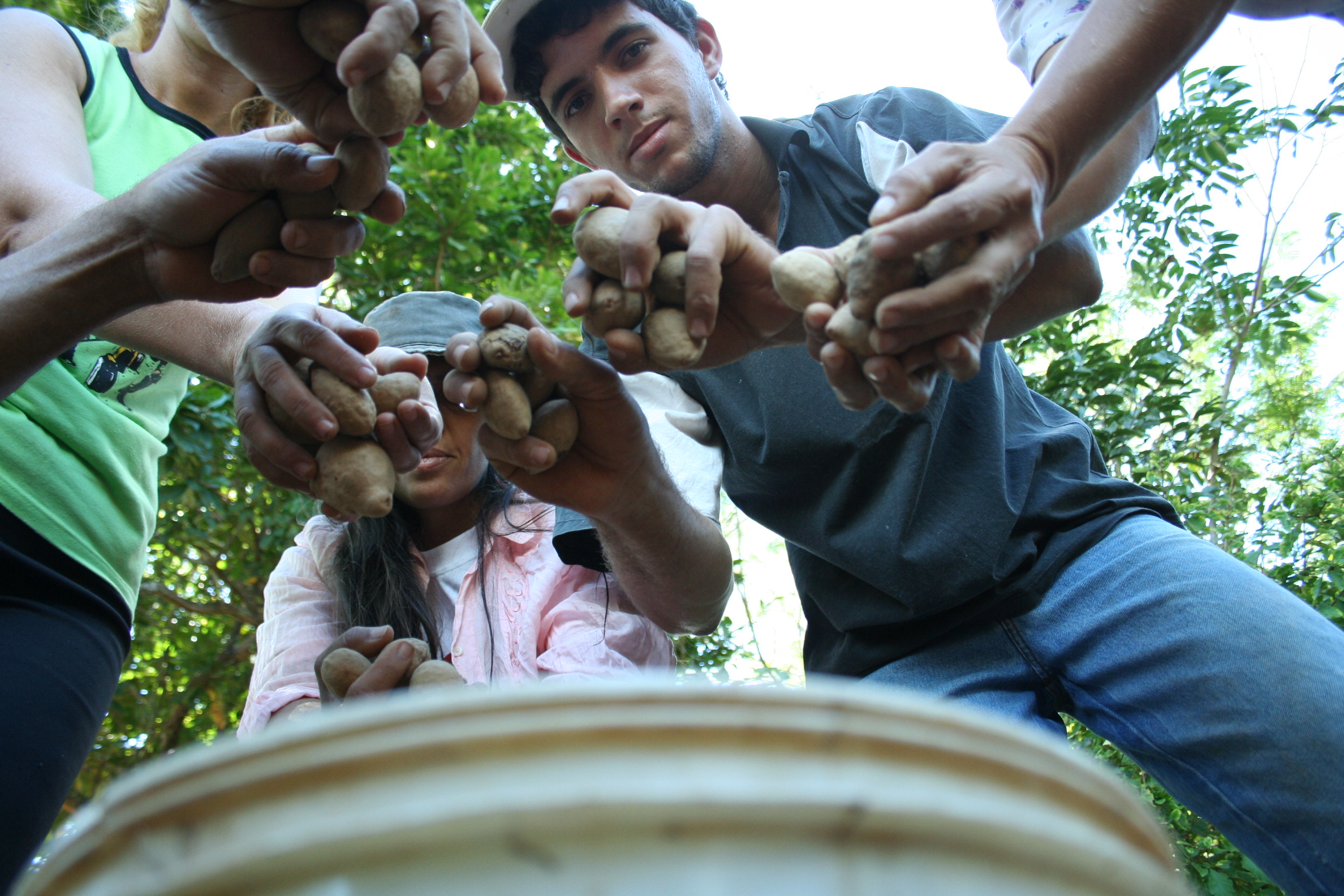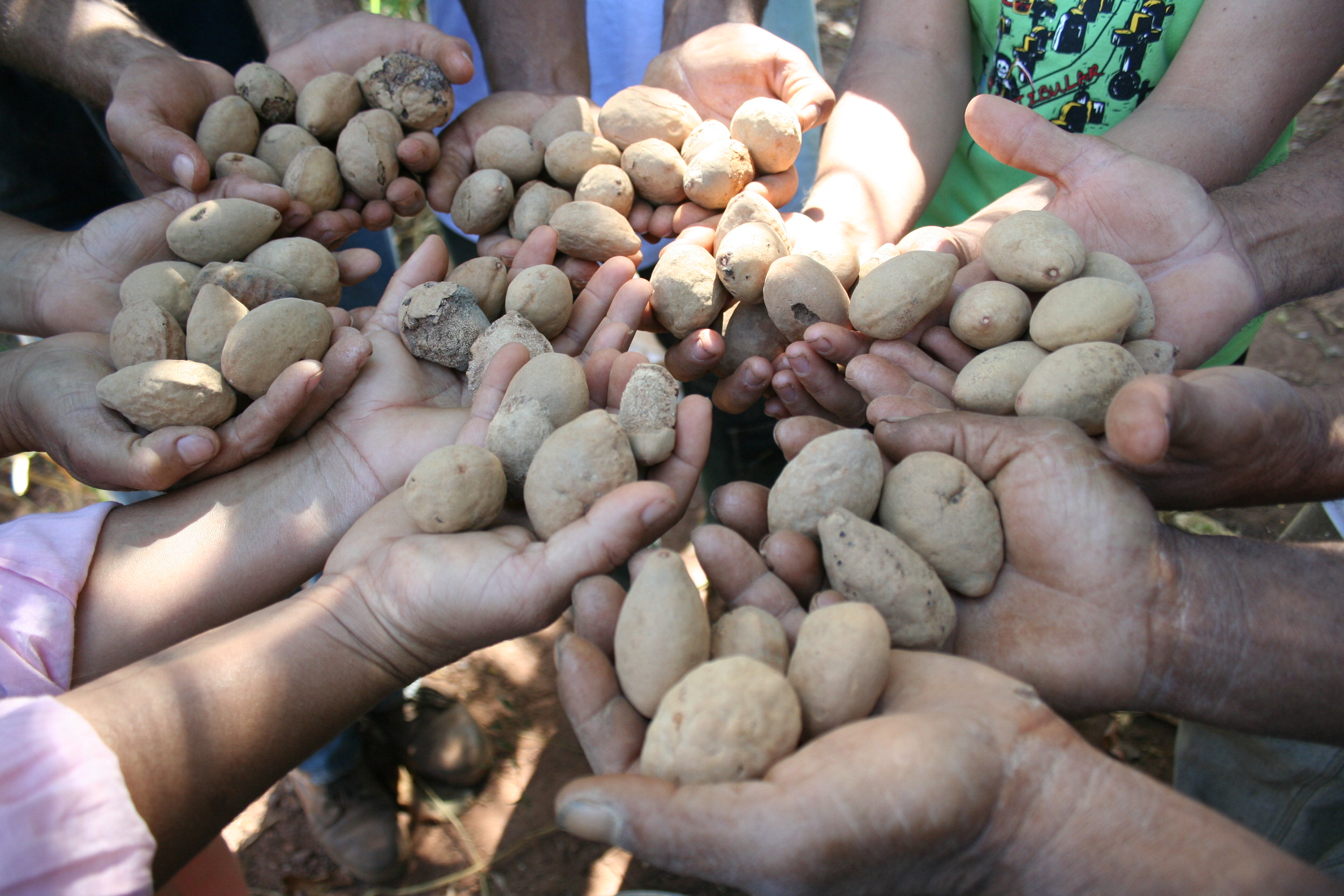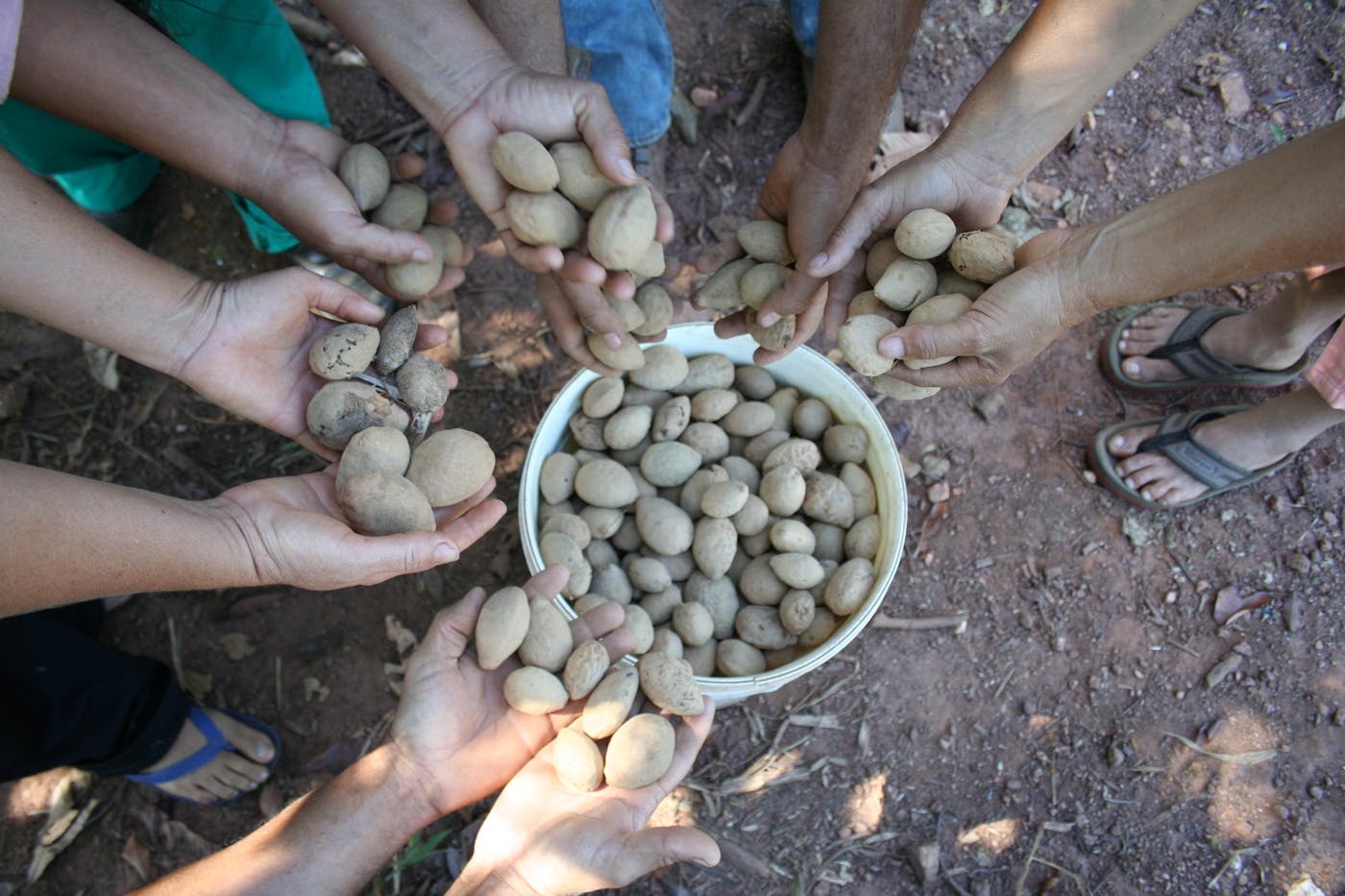Creating Biodiversity Value Chains for 70 Forest Products to Conserve the Cerrado in Brazil
- Regenerative Agriculture
- Agroecology
- Forests
- Perennial | Superfoods
- Brazil Cerrado & Atlantic Coast
- Southern America Realm
| Bioregion | Cerrado Savannas (NT13) |
| Category | Regenerative Agriculture Our project categories represent one of three core solutions pathways to solving climate change. Energy Transition focuses on renewable energy access and energy efficiency. Nature Conservation includes wildlife habitat protection and ecosystem restoration, as well as Indigenous land rights. Regenerative Agriculture supports farmers, ranchers, and community agriculture. |
| Realm | Southern America The Project Marketplace is organized by the major terrestrial realms divided into 14 biogeographical regions – N. America, Subarctic America, C. America, S. America, Afrotropics, Indomalaya, Australasia, Oceania, Antarctica, and the Palearctic realm, which coincides with Eurasia and is divided into Subarctic, Western, Central, Eastern, and Southern regions. |
| Partner | Agroecology Fund |
One Earth’s Project Marketplace funds on-the-ground climate solutions that are key to solving the climate crisis through three pillars of collective action — renewable energy, nature conservation, and regenerative agriculture.
Brazil's cerrado, the most biodiverse savannah in the world, contains the largest freshwater reservoir of South America. Covering nearly a third of the country, the cerrado is home to more than 35 million people. In recent decades, it has been stripped of its native vegetation to create pasture and industrial farmland, and to produce charcoal, with obvious dire implications for climate change.
Centro de Desenvolvimento Agroecológico do Cerrado (CEDAC), or the Agroecology Development Center of the Brazilian Savannah, is a solidarity network of small farmers that was founded in 2000. It works with around 4,500 families from 223 rural communities in central Brazil. Most families -- including those from the Afro-Brazilian communities or quilombolas -- make their living collecting wild plants in the cerrado region. For the past two decades, CEDAC has developed and disseminated methods of sustainable management of the cerrado and its native forest species, by combining traditional knowledge and partnerships with research.

The season goes from June to October and collection is a collective activity involving community members. Image credit: Courtesy of Agroecology Fund
In partnership with Coopcerrado, the farmers' network cooperative, they have created biodiversity value chains for more than 70 forest species. Among them is the Baru nut, a superfood of the savannah forest that is increasingly popular among consumers in Brazil and internationally.
Since 2019, the Agroecology Fund has been supporting CEDAC and Coopcerrado to scale up these successful practices through the multiplication of Agroecology Living Centers, on-farm systems where farmers exchange agroecological knowledge and innovative strategies with each other. As lack of access to credit is a limitation identified by CEDAC, AEF has met this challenge by providing resources to pilot the Guarantee Fund for Agroecology (FGA), a type of revolving fund that makes loans to farmers and provides a guarantee enabling them to obtain bank loans.

Image credit: Courtesy of Agroecology Fund
CEDAC coordinates the certification of produce according to the Participatory Guarantee System (PGS), a peer certification system that is less expensive than third-party systems. It also assists with value addition and helps leverage investment projects in agroecology.
CEDAC and their Coopcerrado initiative demonstrate that access to markets is a fundamental step towards scaling agroecological production and ensuring biodiversity conservation, thus reducing the negative impacts of agriculture on climate. It shows the necessity and potential impact of new financial structures to share benefits and overcome poverty.
